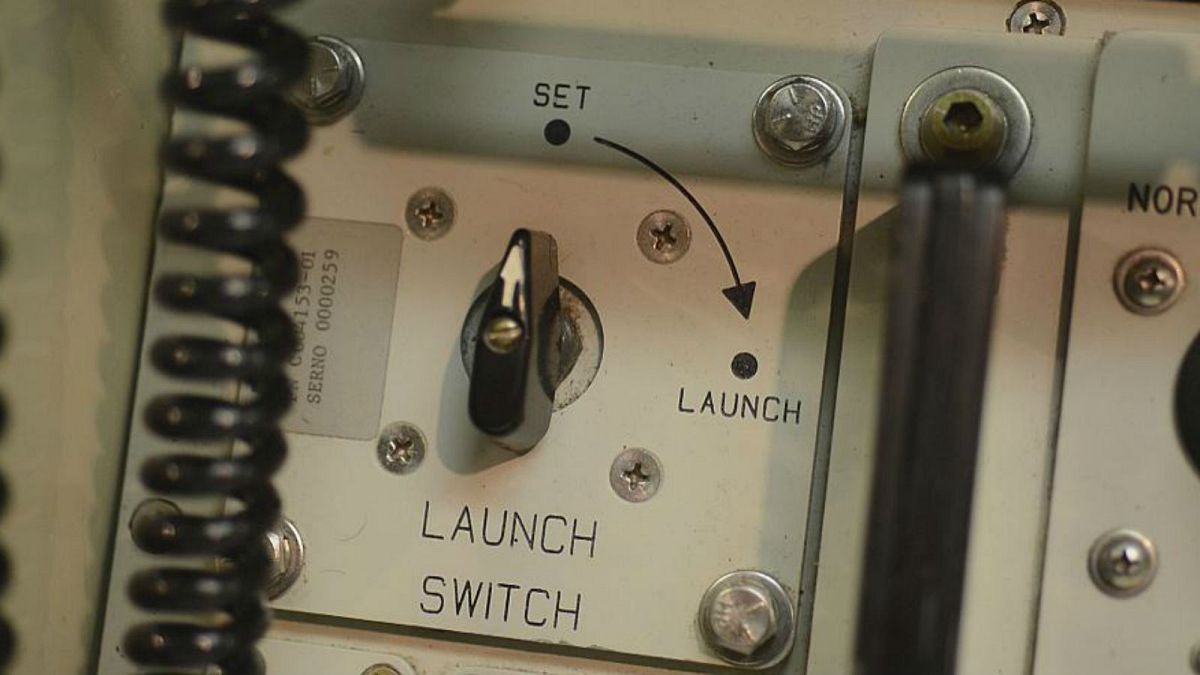World security situation now "as dangerous as it has been since World War II," says Bulletin of Atomic Scientists.
The Bulletin of Atomic Scientists today moved its “Doomsday Clock”—an unofficial barometer of how close the world stands to a man-made catastrophe—30 seconds closer to “midnight”.
In a statement, President and CEO of the academic journal Rachel Bronson, PhD said the clock now rests at two minutes to midnight.
"Major nuclear actors are on the cusp of a new arms race, one that will be very expensive and will increase the likelihood of accidents and misperceptions," she said.
"Across the globe, nuclear weapons are poised to become more rather than less usable because of nations’ investments in their nuclear arsenals."
The statement from the Science and Security Board also alleged the world security situation is now more dangerous than it was a year ago—and "as dangerous as it has been since World War II".
It blamed "dangers brewing on the Korean Peninsula" and the fact that Russia and the US "remain at odds" for the heightened perceived danger.
It also called out insufficient relations between the United States and China, the growing nuclear arsenals of South Asia, Pakistan and India and uncertainty about continued US support for the landmark Iranian nuclear deal in the Middle East.
"To call the world nuclear situation dire is to understate the danger—and its immediacy," the statement read.
Climate change was also mentioned as a danger that may seem less immediate but the journal deemed: "Avoiding catastrophic temperature increases in the long run requires urgent attention now."
The clock has been used to warn the public about how close we are to destroying our world with dangerous technologies of our own making since it was started in 1947.
It was created by Manhattan Project scientists who “could not remain aloof to the consequences of their work” and wanted to create a way of warning people of escalating tensions and the implications of a global Armageddon.
It focusses on nuclear risk, climate change, and emerging technologies, the nuclear landscape.
"It is my hope that the statement focuses world attention on today’s dangerous trajectory and urges leaders and citizens alike to redouble their efforts in committing to a path that advances the health and safety of the planet," said Bronson.
